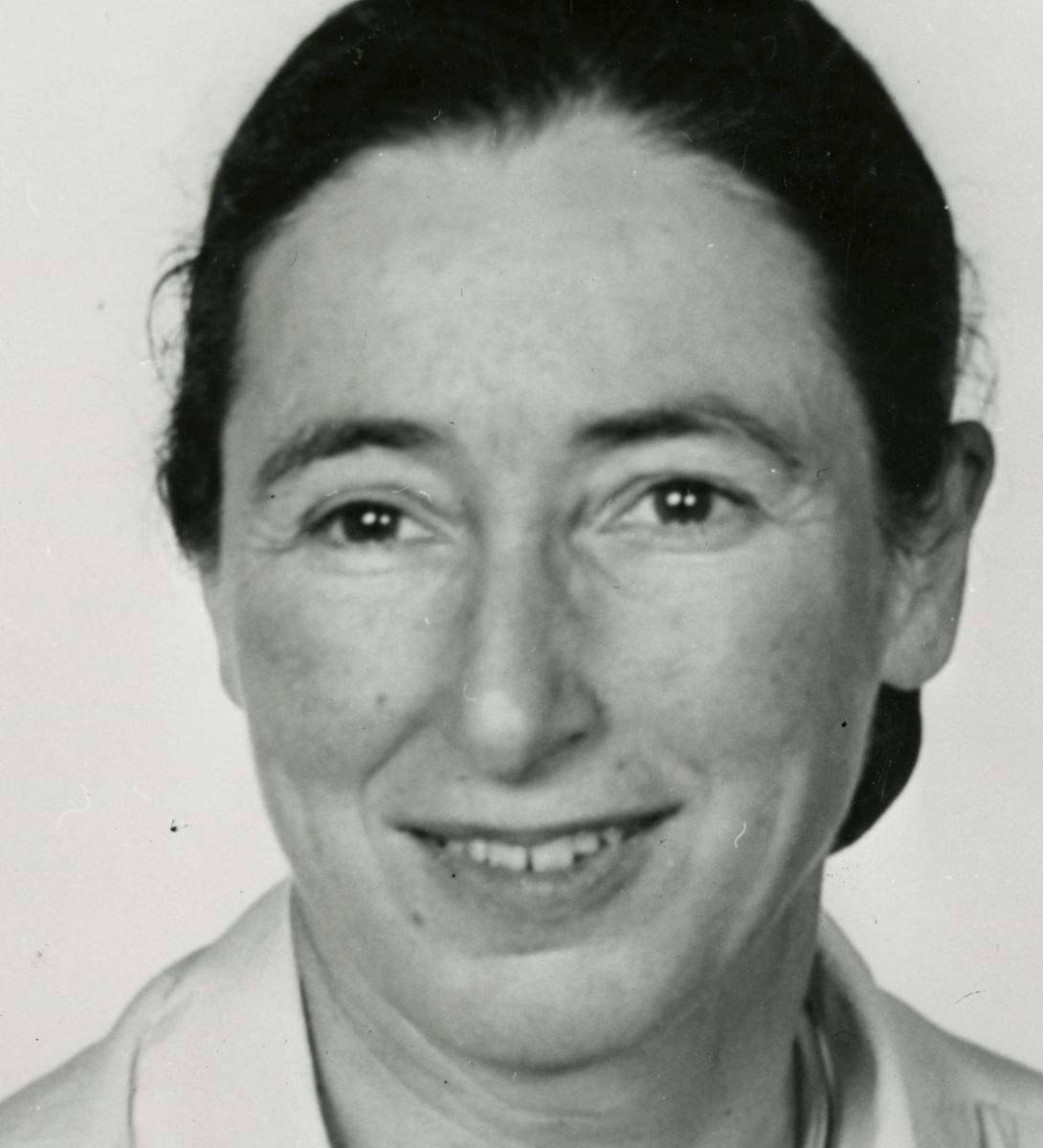Noted Endocrinologist was Columbia Graduate
By Andrew Vagelos
“The combination of amenorrhea and persistent lactation, not associated either with a recent pregnancy or with acromegaly, has been sporadically noted in the past.1 Nevertheless, it was brought to our attention afresh by a patient who came to the Ovarian Dysfunction Clinic of the Massachusetts General Hospital nine years ago.”
The passage above introduces a paper published March 1, 1954, in the Journal of Clinical Endocrinology and Metabolism, describing a rare condition that would come to be known as Forbes-Albright Syndrome, in which a pituitary tumor secretes excessive prolactin, which can interrupt menstruation and trigger lactation. The “Forbes” of the syndrome, and the first author on the paper, was Anne Pappenheimer Forbes’36.
 Dr. Forbes was born on Nov. 11, 1911, in New York City. Her father, Alwin Max Pappenheimer, was a physician and professor of pathology at what was then known as the College of Physicians and Surgeons. Her mother, Beatrice Leo, was a homemaker and an accomplished pianist. Dr. Forbes attended the Lincoln School and then Radcliffe College, where she graduated cum laude before enrolling in P&S.
Dr. Forbes was born on Nov. 11, 1911, in New York City. Her father, Alwin Max Pappenheimer, was a physician and professor of pathology at what was then known as the College of Physicians and Surgeons. Her mother, Beatrice Leo, was a homemaker and an accomplished pianist. Dr. Forbes attended the Lincoln School and then Radcliffe College, where she graduated cum laude before enrolling in P&S.
After Dr. Forbes completed a two-year internship at Johns Hopkins Hospital in Baltimore, she accepted a fellowship at Massachusetts General Hospital/Harvard Medical School with Fuller Albright, the preeminent clinical and investigative endocrinologist of the time. For the next 40 years, Dr. Forbes would flourish as physician, scientist, and teacher.
Rounds took place daily at 11 a.m. for every medical attendant and every patient in the 10-bed endocrinology unit, where patients and healthy participants were carefully monitored. Early on, Dr. Forbes proved adept as a clinical researcher. In 1941, she co-authored a paper on hypoleydigism, a disorder of the testes, in Transactions of the Association of American Physicians as well as a methods paper in the Journal of Clinical Endocrinology.
In 1947, Dr. Forbes debuted as first author in the Journal of Clinical Endocrinology with “The Effect of Trauma and Disease on the Urinary 17-Ketosteroid Excretion in Man.” Within three years, she was recommended for and admitted to the American Society for Clinical Investigation. And by the mid-1950s her name had become part of endocrinology’s nomenclature. In all, Dr. Forbes would publish over 100 articles, abstracts, monograph chapters, and editorials.
Dr. Forbes’ research reflected a prodigious energy and an insatiable curiosity. She investigated Cushing’s, Turner’s, and Klinefelter’s syndromes, calcium and phosphorous metabolism, amenorrhea, kidney stones, bone disease, parathyroid gland pathologies, and the link between osteoporosis and menopause. She published on various aspects of ovary and testicular dysfunction, and she helped to establish the Ovarian Dysfunction Clinic at Massachusetts General Hospital.
In addition to caring for patients and conducting research, Dr. Forbes taught sections of pathophysiology courses at Harvard Medical School and lectured on endocrine diseases at the Massachusetts General Hospital School of Nursing. Dr. Forbes also lectured on issues of global health, such as population growth and implanted birth control. And throughout her career, Dr. Forbes mentored numerous interns and fellows who were new to endocrinology.
By the time of her retirement in 1978, Dr. Forbes was a full professor of clinical medicine at Harvard Medical School. She took up gardening and raising sheep and cared for her husband, who had developed Alzheimer’s disease. Anne Pappenheimer Forbes died of Hodgkin’s lymphoma in 1992. She was 80 years old.
The author acknowledges the use of Harvard Medicine magazine’s Autumn 2015 article, “A Woman’s Work.”
Photo courtesy of Harvard Medical Library in the Francis A. Countway Library of Medicine
- Log in to post comments

